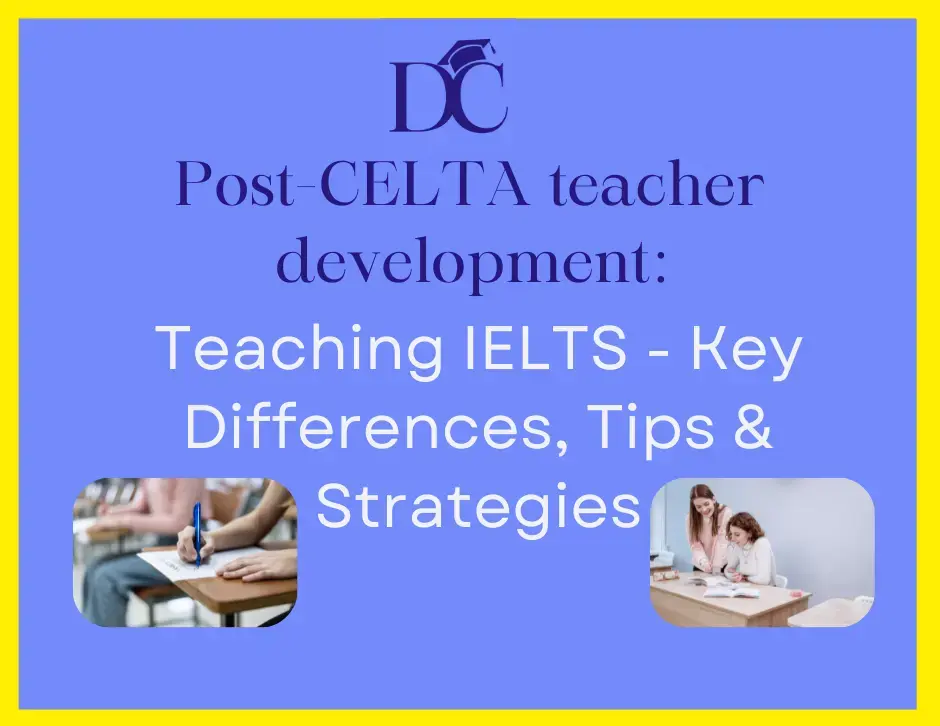Receptive skills tasks for the English language classroom
- Connor O'Donoghue

- Sep 27, 2023
- 3 min read
Updated: Feb 16, 2024

Reading and listening are known as the 'receptive skills' because we receive language while reading and listening. The other language skills, speaking and writing, are known as the productive skills.
We read and listen differently depending on the context, and when a student learns a foreign language, they need to practise the different types of reading and listening we do in real life.
1. Getting the gist
Sometimes, we don't really need to understand all of the details in something we're reading or listening to. If I read a newspaper, I'll probably skim read all the articles on the front page before deciding whether to read them properly and which order to read them in. Similarly, if I'm driving with a four-year-old in the back of the car, happily chatting to herself, I'll probably keep my ears open enough to get the general idea of what she's saying, but I won't carefully listen to every detail of what she says.
We call this reading or listening for gist. The gist of a text is the general idea, the overall message. If a student reads or listens for gist, they're trying to get the global idea of it.
2. Finding specific facts
One reason we read something is to find some specific information. We might scan through an index or a list, looking for one name or number. If I'm on a flight-booking website, I'll probably just scan through the search results, just looking at one piece of information - like time of departure or price. We might listen for specific information as well, keeping an ear half open during sports results on the radio news just to hear how our team did.
We call this reading or listening for specific information. Like reading or listening for gist, we're not trying to understand or take in every single word, but instead of just trying to get the overall idea, we're trying to find one or two pieces of information.
3. Taking it all in
Sometimes, after you watch a movie, you'll go on wikipedia and try to learn everything you possibly can about the real life events that inspired the film. You drink down all of the information there, not skipping anything. You want to know the details. You might do the same if your friend is telling you a hilarious, but embarrassing, story about a date they went on. Again, you want to hear all the cringe-inducing details and not miss out on anything.
We call this reading or listening for details. This is where we pay attention to everything in a text and we want to understand it all.
4. Other types of reading and listening
Of course, we read and listen to information in loads of different ways. Some people will add to the three types of reading and listening above and will include 'reading or listening for inference', which might be reading a poem or listening to a song for the underlying meanings and metaphors. Other people will say extensive reading i.e. reading at length and for pleasure, is different from reading for details. However, in the classroom, it's usually the first three listed above that we pay attention to.
5. How does this apply in the classroom?
So we have three types of reading and listening that we'll want to practise:
Gist
Specific information
Detailed understanding
In most lessons, we'll probably want to start with something easy. It's a good idea to begin with a a gist task, practising reading or listening for the global idea of the text. This shouldn't be too challenging - it should encourage students to tune out details or words they don't understand and try to figure out what the text is about in general.
After that, we'll probably want the students to examine the text in more detail. Sometimes, you might do a task where you ask students to find specific information - names, numbers, dates, facts etc and sometimes you'll ask comprehension questions that will test students' ability to comprehend the details of the text.
In general, we'll do two reading or listening tasks, moving from easier to more difficult, moving from more general to more detailed.
You'll find more information about teaching listening in this post.
Dr Connor O'Donoghue hails from Ireland and he started teaching English as a foreign language in Poland in 2003 and he became a CELTA trainer in 2008. He has taught and trained in Ireland, the UK, France, Italy, Slovenia, Macedonia, Poland, Russia, Kazakhstan and Vietnam. Connor also holds a Masters and a PhD in Education from Trinity College in Dublin. He has previously managed large teacher training centres in Vietnam and in London before founding DC Teacher Training.




Comments